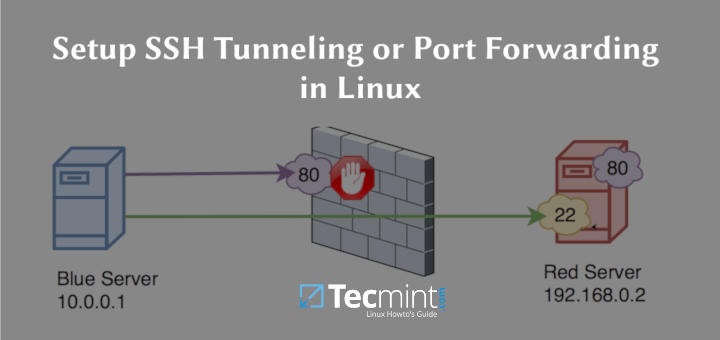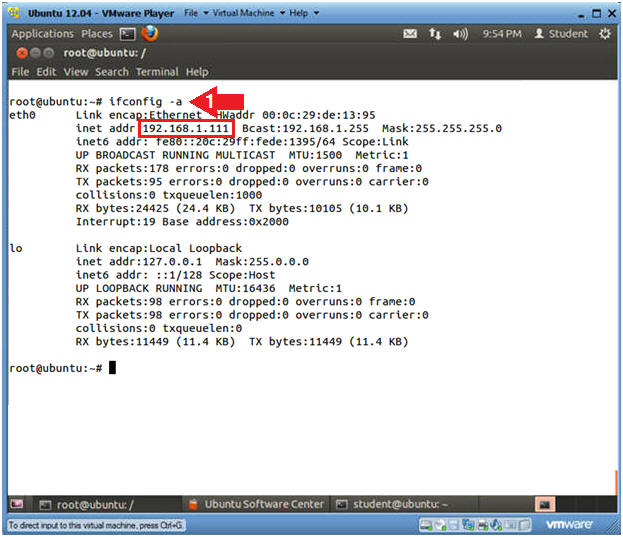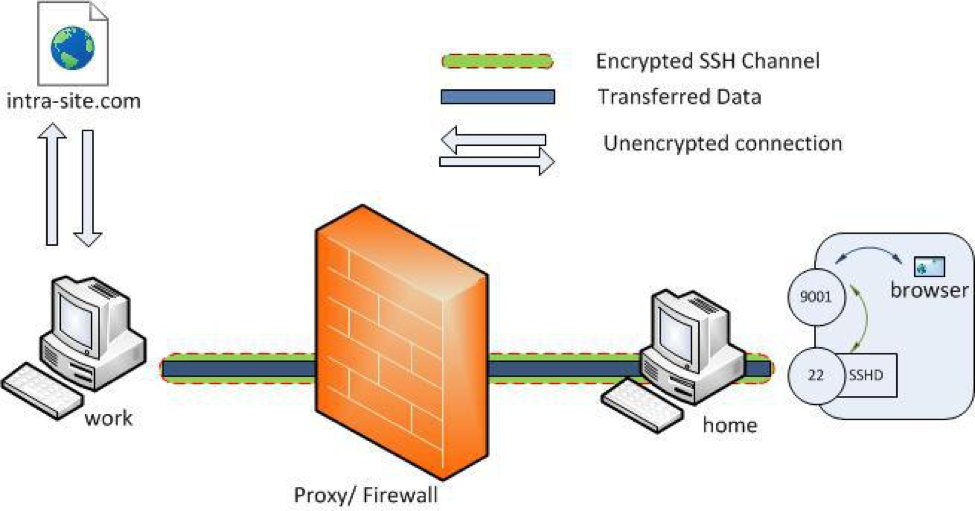

Allowing Integrate.io ETL access to my data on Intercom.Allowing Integrate.io ETL access to my data on Instagram.Allowing Integrate.io ETL access to my data on Hadoop Distributed File System (HDFS).Allowing Integrate.io ETL access to my data on Google Sheets.Allowing Integrate.io ETL access to my data on Google Drive.Allowing Integrate.io ETL access to my data on Google Cloud Storage V2.Allowing Integrate.io ETL access to my data on Google Cloud Storage.Allowing Integrate.io ETL access to my data on Google Analytics.Allowing Integrate.io ETL access to my data on Google AdWords.Allowing Integrate.io ETL access to my data on File Transfer Protocol Secure (FTPS).Allowing Integrate.io ETL access to my data on Bing Ads.Allowing Integrate.io ETL access to my Snowflake account.Allowing Integrate.io ETL access to my Redshift cluster.Allowing Integrate.io ETL access to my Marketing Cloud (REST).Allowing Integrate.io ETL access to my Google Cloud Spanner instance.Allowing Integrate.io ETL access to my Google BigQuery dataset.Allowing Integrate.io ETL access to my Google Analytics 4 (GA4).Allowing Integrate.io ETL access to my Amazon Athena instance.Allowing Integrate.io ETL access to data on Amazon S3.Allowing Integrate.io ETL access to PostgreSQL Databases.Allowing Integrate.io ETL access to Oracle databases.Allowing Integrate.io ETL access to NetSuite SOAP.Allowing Integrate.io ETL access to NetSuite.

Allowing Integrate.io ETL access to MySQL Databases.Allowing Integrate.io ETL access to MongoDB.Allowing Integrate.io ETL access to Microsoft SQL Server Databases.Allowing Integrate.io ETL access to Marketing Cloud (SOAP).Allowing Integrate.io ETL access to Hubspot.Allowing Integrate.io ETL access to Heroku Postgres Databases.Allowing Integrate.io ETL access to Google Cloud SQL for PostgreSQL databases.Allowing Integrate.io ETL access to Google Cloud SQL for MySQL databases.Allowing Integrate.io ETL access to Facebook Ads Insights data.Allowing Integrate.io ETL access to Azure Synapse Analytics.Allowing Integrate.io ETL access to Azure SQL Databases.Allow Integrate.io ETL access to my data on Azure Blob Storage.Your first change to log into the machine will start about ten minutes after the Computer A boots. Ssh -nNT -R 2222:localhost:22 ip.of.computer.bĪ script like that can be run launched on boot /etc/rc.local. Ten minutes is a nice number because it doesn't flood the network and log files with attemps if there is a problem (like Computer B being offline) but it still gets you back in reasonably quick if the connection is droped. A simple loop with a sleep to wait should do the trick. A problem in network connectivity would make it try to beat the wall down to get through. Most normal methods of spawning a daemon don't work very well with setting up a network tunnel like this.

On Computer A you might find the -n, -N and -T options useful to disconnect it from local input (so it can run in the background), not try to run any remote command, just open the tunnel, and not create a tty. You can then setup either a single key or multiple keys for each machine that are allowed to "call home".

You will probably want a special account with a shell of just /bin/true on Computer B to handle the incoming connections. If you have multiple machines you should use a different port for each machine.įor your use case you will probably want to run this from a script so that you can make it a daemon and periodically try to re-connect if the link is dropped. That port on Computer B will then be tunneled back through the SSH connection initialized on Computer A to port 22. Note that 2222 is an arbitrary high-port number I picked. In /etc/ssh/sshd for Computer B set: AllowTcpForwarding yesįrom Computer A: $ ssh -R 2222:localhost:22 ip.of.computer.b


 0 kommentar(er)
0 kommentar(er)
